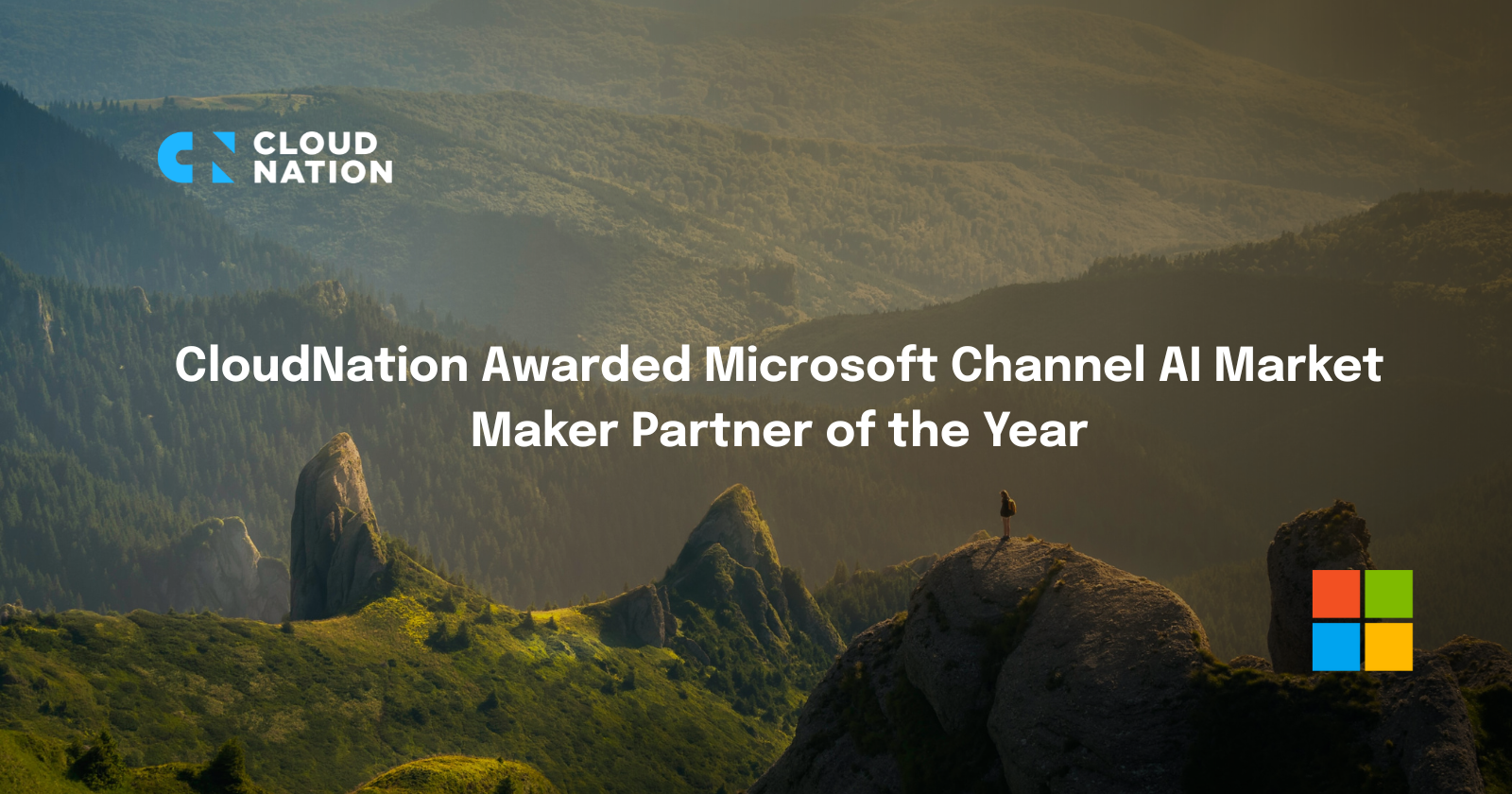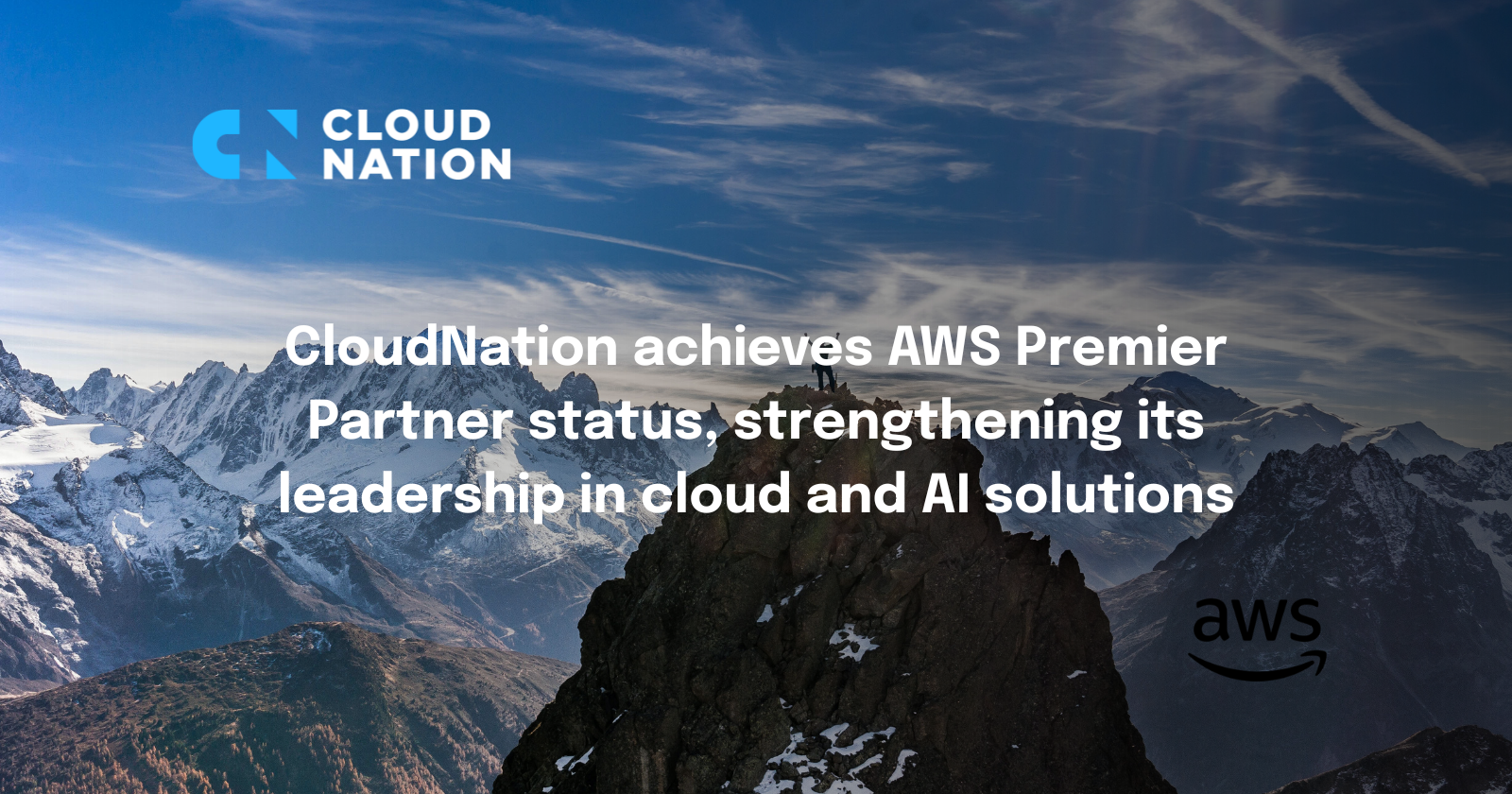Kubernetes has revolutionized containerized application management, enabling businesses to deploy, scale, and operate workloads across diverse environments—on-prem, multi-cloud, or hybrid. However, scaling Kubernetes effectively presents a unique set of challenges:
- Over-provisioning leads to unnecessary cloud costs.
- Under-provisioning causes performance bottlenecks, downtime and availability issues.
- Inefficient workload distribution results in wasted resources.
The key to success? Striking a balance between performance, scalability, availability, and cost efficiency.
This article explores Kubernetes scaling best practices, covering:
- Horizontal & vertical scaling techniques
- Optimized cluster autoscaling
- Cost-aware workload scheduling
- Cloud FinOps strategies for Kubernetes
Follow these principles to ensure your Kubernetes environment remains highly available, cost-efficient, and scalable on demand.
Horizontal vs. Vertical Scaling in Kubernetes
Kubernetes provides two primary scaling mechanisms:
Horizontal Scaling (Scaling Out/In)
- Adds or removes pods based on resource demand.
- Best for: Applications with variable traffic loads.
- Implemented with: Horizontal Pod Autoscaler (HPA) and Cluster Autoscaler.
Vertical scaling (scaling up/down)
- Adjusts CPU & memory limits of existing pods.
- Best for: Stateful workloads like databases.
- Implemented with: Vertical Pod Autoscaler (VPA).
Choosing the right scaling strategy
- Use HPA for microservices handling unpredictable traffic, mostly for deployment controller resource type.
- Use VPA for applications with consistent resource needs (e.g., databases, AI workloads).
- Combine HPA + VPA for dynamic scaling with optimal efficiency.
Example: A financial services company using HPA for API workloads and VPA for backend databases saw a 40% improvement in performance without over-provisioning resources.
Optimizing Kubernetes Autoscaling
Horizontal Pod Autoscaler (HPA)
HPA automatically adjusts the number of pods in a deployment based on real-time CPU, memory, or custom metrics.
Best practices for HPA:
✔ Set realistic CPU/memory thresholds to prevent excessive scaling.
✔ Use custom metrics (e.g., request latency) for more precise autoscaling.
✔ Test scale-out behavior under peak load conditions.
Example YAML Config for HPA:
yaml
CopyEdit
apiVersion: autoscaling/v2
kind: HorizontalPodAutoscaler
metadata:
name: my-app-hpa
spec:
scaleTargetRef:
apiVersion: apps/v1
kind: Deployment
name: my-app
minReplicas: 2
maxReplicas: 10
metrics:
- type: Resource
resource:
name: cpu
target:
type: Utilization
averageUtilization: 70
Impact: A retail company reduced cloud spend by 30% by fine-tuning their HPA settings, eliminating unnecessary pod spin-ups.
Kubernetes cluster autoscaler
The Cluster Autoscaler dynamically adds/removes worker nodes in a Kubernetes cluster based on pod demand.
Best practices for cluster autoscaler: ✔ Use Spot Instances (AWS), Reserved VMs (Azure), Preemptible VMs (GCP) to save costs.
- Set priority classes for mission-critical workloads.
- Implement Node Affinity & Taints to optimize scheduling.
Example: A SaaS company using Cluster Autoscaler with AWS Spot Instances saved 50% on compute costs.
Workload placement & cost-aware scheduling
Kubernetes schedules workloads based on resource requests, but inefficient scheduling can lead to cost overruns.
Optimized Scheduling Strategies
- Right-size pod requests & limits: Prevents CPU/memory over-provisioning.
- Use node pools for workload segregation: Run dev/test workloads on cost-effective nodes.
- Node affinity & taints: Ensure high-priority workloads get priority placement.
Example YAML config for node affinity:
yaml
CopyEdit
apiVersion: apps/v1
kind: Deployment
metadata:
name: high-priority-app
spec:
template:
spec:
affinity:
nodeAffinity:
requiredDuringSchedulingIgnoredDuringExecution:
nodeSelectorTerms:
- matchExpressions:
- key: workload-type
operator: In
values:
- high-priority
Case Study: A media streaming platform optimized Kubernetes scheduling to reduce costs by 35%, ensuring non-essential workloads run on cost-efficient nodes.
Kubernetes cost optimization with FinOps
Cloud costs can spiral out of control without real-time visibility and governance.
Kubernetes cost monitoring
- Use OpenCost or Kubecost for granular cost visibility.
- Track cost per namespace, deployment, and pod.
- Set budget alerts for unexpected spikes.
Cost-reduction strategies
- Leverage Spot Instances & Reserved Capacity (AWS/Azure/GCP).
- Implement autoscaling policies for optimal node usage.
- Use ephemeral containers for temporary workloads.
Example: A healthcare provider saved 25% by migrating non-mission-critical workloads to preemptible nodes.
Advanced scaling techniques
Multi-cluster & cross-region scaling
- Use Kubernetes Federation (KubeFed) to distribute workloads across multiple clusters.
- Leverage Azure Traffic Manager / AWS Global Accelerator for intelligent routing.
- Use Cilium as the Container Network Interface (CNI) and enable Cluster Mesh to connect multiple Kubernetes clusters across different regions. This setup allows direct pod-to-pod and service-to-service communication without requiring centralized cloud-specific networking components.
Impact: A logistics company using multi-region scaling improved resiliency by 99.99% uptime.
Kubernetes event-driven autoscaling (KEDA)
- Scales workloads based on external event triggers (e.g., Kafka, RabbitMQ, Azure Queue).
- Works seamlessly with serverless computing (AWS Lambda, Azure Functions).
Use Case: An AI-driven analytics firm reduced processing time by 50% using KEDA-based autoscaling.
Conclusion: Scale Kubernetes the smart way
Scaling Kubernetes isn’t just about adding more resources—it’s about efficiency, automation, and cost control.
- Balance HPA & VPA for workload-specific scaling.
- Use autoscaling best practices to avoid over-provisioning.
- Optimize workload scheduling to maximize resource efficiency.
- Implement Kubernetes FinOps strategies to track and optimize costs.
CloudNation helps enterprises scale Kubernetes with precision. Whether you’re looking to optimize AKS (Azure Kubernetes Service), EKS (AWS), or hybrid environments, we provide end-to-end Kubernetes consulting, cost governance, and performance optimization.

.png?width=1600)



